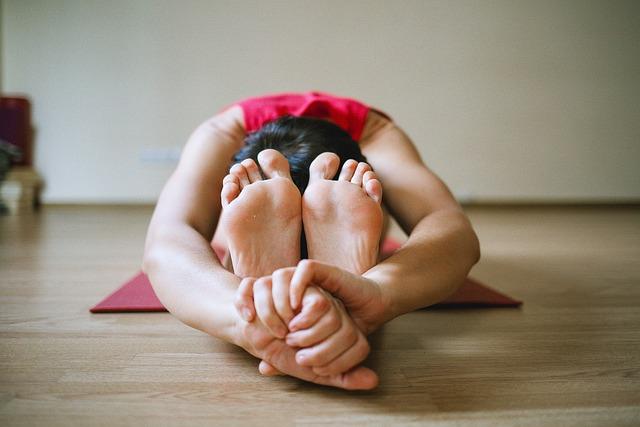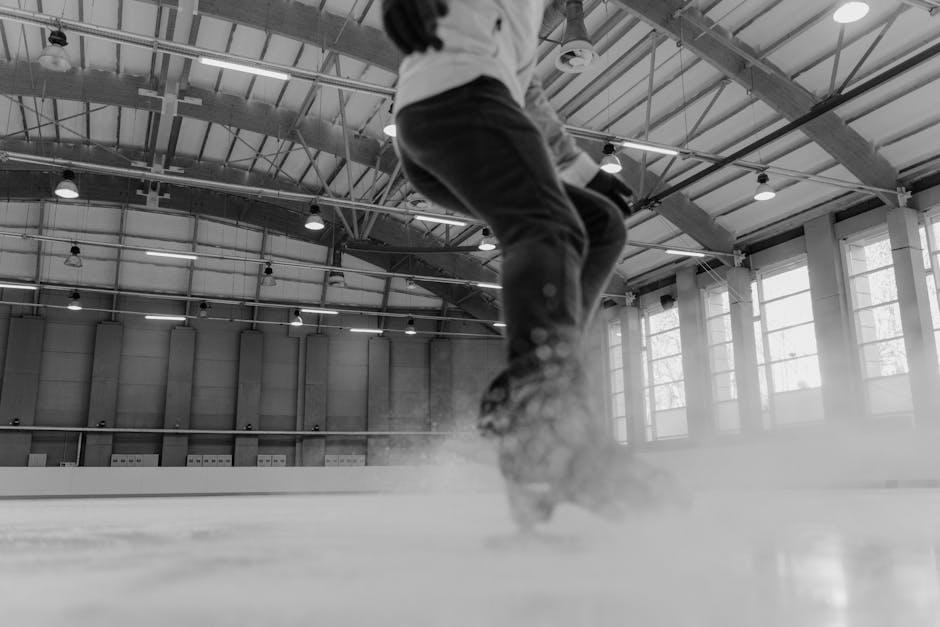Lower back pain is an all-too-common ailment that affects millions of people worldwide, often disrupting daily activities and diminishing overall quality of life. Whether it’s the result of prolonged sitting, poor posture, or an old injury, the discomfort can feel overwhelming and persistent. However, there is hope and relief to be found through targeted exercise. In this article, we will guide you through some of the most effective exercises designed to alleviate lower back pain. With a compassionate approach, we’ll help you understand how to incorporate these movements into your routine, offering you the opportunity to regain comfort and mobility. Remember, you’re not alone in this journey, and taking these steps can lead to a healthier, pain-free future.
Understanding the Root Causes of Lower Back Pain
Lower back pain is a common ailment that affects millions of individuals worldwide, often stemming from a combination of factors. Understanding these underlying causes is crucial in addressing and alleviating discomfort effectively. Among the primary contributors are muscle imbalances, where certain muscles become overly tight while others are weak, leading to strain and tension. Additionally, poor posture, particularly during long hours of sitting or standing, can exacerbate stress on the lower back. Over time, these habits can lead to chronic pain and discomfort.
Another significant factor is sedentary lifestyle, which contributes to the weakening of core muscles that support the spine. Engaging in regular physical activity can help mitigate this risk. Moreover, improper lifting techniques can also be a culprit, especially in occupational settings where heavy lifting is common. Utilizing correct posture and body mechanics during such activities is essential to prevent injury.
To better illustrate these root causes, here is a brief summary:
- Muscle Imbalances: Tight or weak muscles causing strain.
- Poor Posture: Extended periods of incorrect sitting or standing.
- Sedentary Lifestyle: Lack of activity weakening core support.
- Improper Lifting Techniques: Incorrect methods leading to injury.
| Cause | Impact |
|---|---|
| Muscle Imbalances | Increased strain and tension |
| Poor Posture | Chronic pain development |
| Sedentary Lifestyle | Weakened core muscles |
| Improper Lifting | Higher risk of injury |

Gentle Stretching Techniques for Immediate Relief
Incorporating gentle stretching into your routine can provide immediate relief from lower back pain. These exercises focus on loosening tight muscles, improving flexibility, and enhancing blood flow. Here are some effective techniques you can try:
- Knee-to-Chest Stretch: Lie on your back with your knees bent and feet flat on the floor. Gently pull one knee towards your chest, holding the position for 15-30 seconds. Switch legs and repeat.
- Cat-Cow Stretch: Begin on all fours, aligning your wrists under your shoulders and knees under your hips. Inhale as you arch your back (Cow), and exhale as you round it (Cat). Repeat 10 times.
- Child’s Pose: From a kneeling position, sit back on your heels and stretch your arms forward on the floor. Hold this position for 30 seconds to 1 minute, focusing on breathing deeply.
To help you integrate these stretches seamlessly into your daily life, here’s a quick reference table:
| Stretch | Duration | Repetitions |
|---|---|---|
| Knee-to-Chest | 15-30 seconds | 2-3 times each leg |
| Cat-Cow | 5-10 minutes | 10 cycles |
| Child’s Pose | 30 seconds – 1 minute | 1-2 times |
These gentle techniques, when practiced consistently, can significantly alleviate lower back discomfort and promote overall well-being. Remember to listen to your body and adjust the intensity to suit your comfort level.

Strengthening Core Muscles to Support Your Back
Supporting your back begins with fortifying your core muscles, which act like a natural corset to stabilize your spine and pelvis. A strong core can alleviate pressure on the lower back, reducing pain and preventing injuries. Integrating specific exercises into your routine can significantly enhance your core strength and, consequently, back support.
- Planks: Engage your abdominal muscles and maintain a straight line from head to heels. This exercise strengthens your entire core, including the transverse abdominis, which supports the lower back.
- Bird Dogs: Start on all fours, then extend one arm and the opposite leg simultaneously. This move promotes balance and coordination while strengthening the lower back and abdominal muscles.
- Bridges: Lying on your back, lift your hips to form a straight line from shoulders to knees. This exercise targets the glutes and lower back, crucial for a robust core.
| Exercise | Primary Muscles Worked | Recommended Repetitions |
|---|---|---|
| Planks | Abdominals, Lower Back | 3 sets of 30 seconds |
| Bird Dogs | Core, Lower Back | 3 sets of 10 reps per side |
| Bridges | Glutes, Lower Back | 3 sets of 15 reps |

Incorporating Low-Impact Exercises into Your Routine
Incorporating exercises that are gentle on your body can significantly aid in alleviating lower back pain. Low-impact exercises not only reduce stress on your joints but also help in strengthening the muscles that support your spine. Here are some exercises you might consider adding to your routine:
- Walking: A simple yet effective way to increase circulation and improve posture without straining your back.
- Swimming: The buoyancy of water supports your body, allowing for a full range of motion without pressure on your back.
- Yoga: Focus on poses like the Cat-Cow stretch, Child’s Pose, and Bridge Pose to enhance flexibility and relieve tension.
| Exercise | Benefits |
|---|---|
| Walking | Improves circulation, boosts mood |
| Swimming | Enhances flexibility, supports joints |
| Yoga | Increases flexibility, reduces stress |
Remember, consistency is key. Aim for at least 20-30 minutes of these exercises several times a week. Always listen to your body and consult with a healthcare professional if you experience any discomfort. Your journey to a healthier back can start with these simple, mindful movements.




